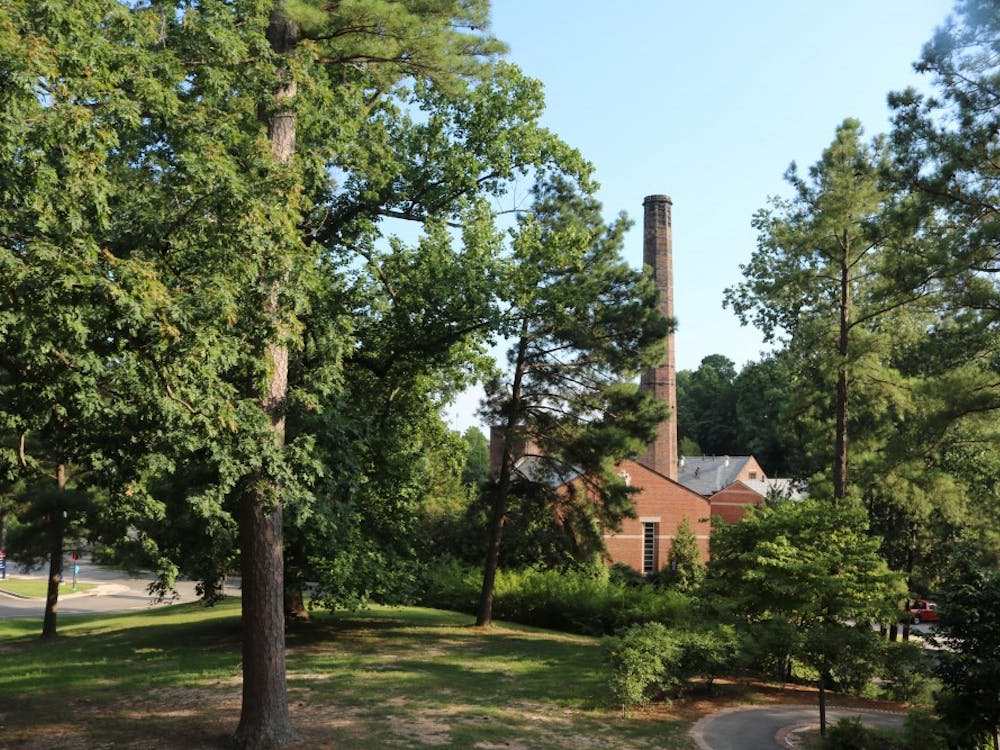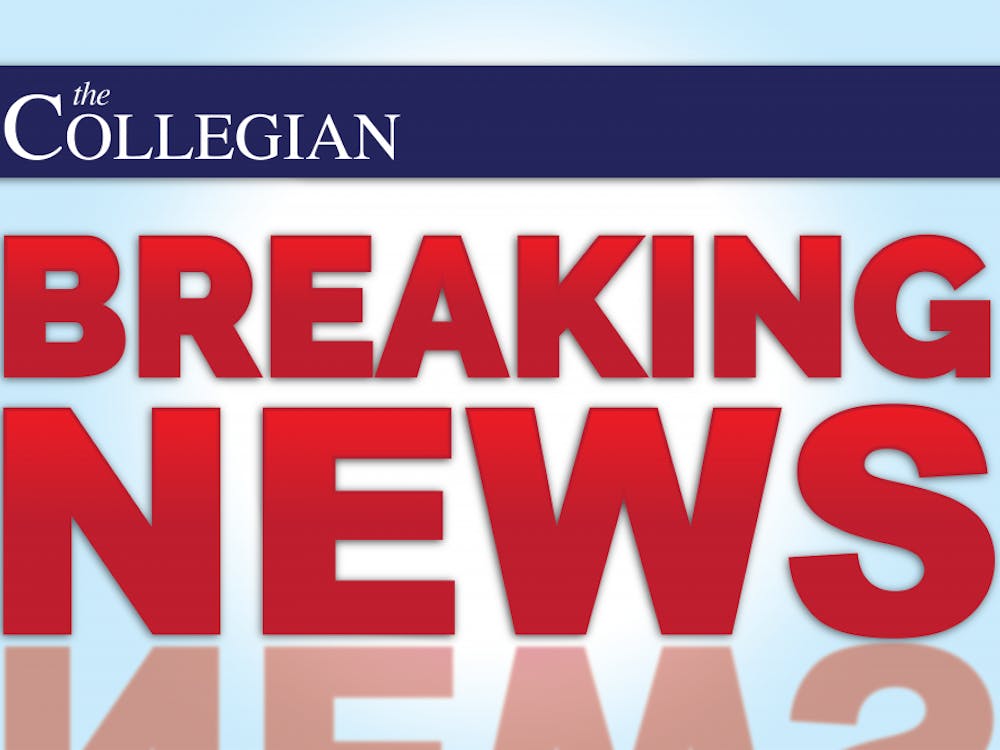The University of Richmond is paving the way for a new way to study science, one that breaks down the barriers between biology, chemistry, physics, math and computer science and fuses them into a single science "supercourse" for first-year students.
The yearlong class, which will begin in the fall semester of 2009, will tackle pertinent science questions, including modeling HIV proteins and how they bind to drugs -- from an interdisciplinary perspective.
"We have thrown out the rule book and are looking at a new, different way to teach science," said Carol Parish, a chemistry professor who will co-teach the course.
The integrated class is being developed and taught by ten faculty members from the contributing disciplines, who met weekly last spring and summer and twice a week this year to generate ideas. Professors found that students needed exposure to multiple science disciplines from the start in order to successfully investigate science problems.
Five of the professors, one representing each discipline, will teach first semester, and the remaining five will take over second semester. Their goal is to weave the disciplines to examine relevant issues such as global warming and curing cancer, said April Hill, a biology professor who will help teach the course.
"The class is about realizing the future of science," Hill said. "If students go on to do science across the disciplines, then we have succeeded in training the next generation of scientists."
Students taking the course will receive credit for introductory biology, chemistry, physics, math and computer science. Though it is designed for prospective majors in these disciplines or pre-med students with a strong math background, the course is geared toward highly motivated students willing to leave their comfort zone.
"The ideal student is intellectually adventuresome, is social in scientific interactions and likes to work as a team," Parish said. "It's for people who couldn't pick their favorite science course in high school."
Hill agreed. "Students who take the class might need to be risk-takers themselves," she said. "The course is a bit of an experiment."
The course is modeled after one at Princeton University, which is the only other institution approaching an introductory science course in this way, said Kathy Hoke, associate dean of the School of Arts and Sciences and a mathematics professor. Science professors at Richmond were introduced to faculty at Princeton through Olga Troyanskaya, a Richmond graduate who now teaches in the Princeton program.
The course is a total of four units, two per semester, ensuring that students take the first-year core course requirement and an additional class. Hoke said she was aiming for about 20 students in the course when it debuts next fall.
The project is funded by a $1.4 million grant from the Howard Hughes Medical Institute, which has also enabled Richmond professors to extend this integrative teaching method to other schools. Richmond faculty members have been teaching middle school science teachers in the area how to integrate science and math to solve problems.
Enjoy what you're reading?
Signup for our newsletter
Though current science students didn't have this interdisciplinary experience, Hoke said there would be opportunities to involve them in this initiative through tutoring and positions as teaching assistants.
"I told my teaching assistant about the class," Hill said, "and she told me, 'I'm three years too late!'"
Contact reporter Jenn Hoffman at jenn.hoffman@richmond.edu
Support independent student media
You can make a tax-deductible donation by clicking the button below, which takes you to our secure PayPal account. The page is set up to receive contributions in whatever amount you designate. We look forward to using the money we raise to further our mission of providing honest and accurate information to students, faculty, staff, alumni and others in the general public.
Donate Now


